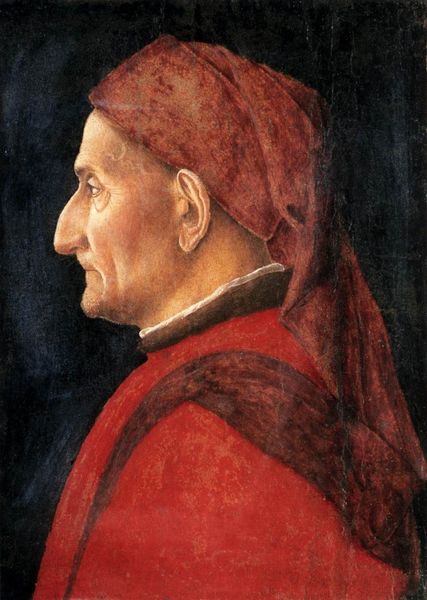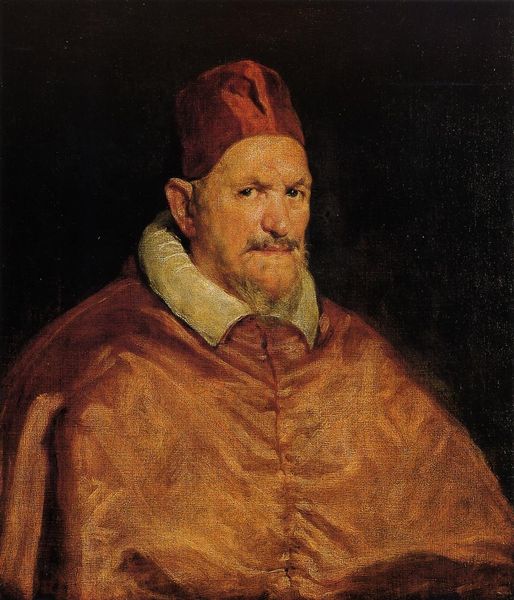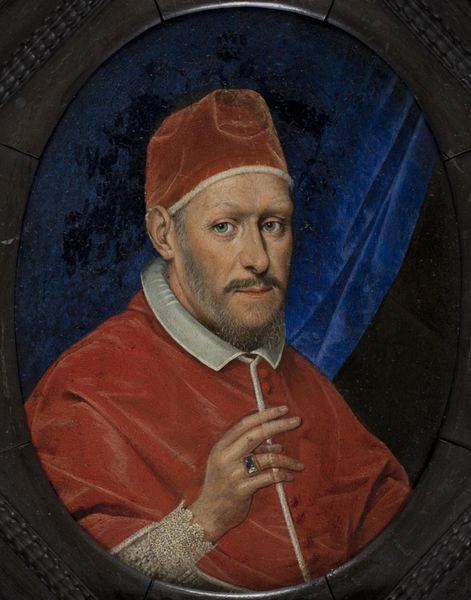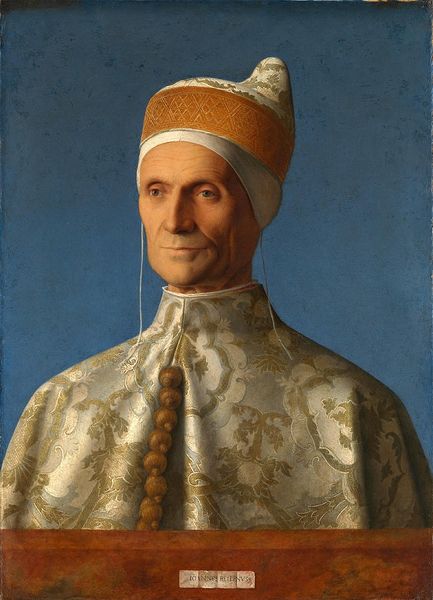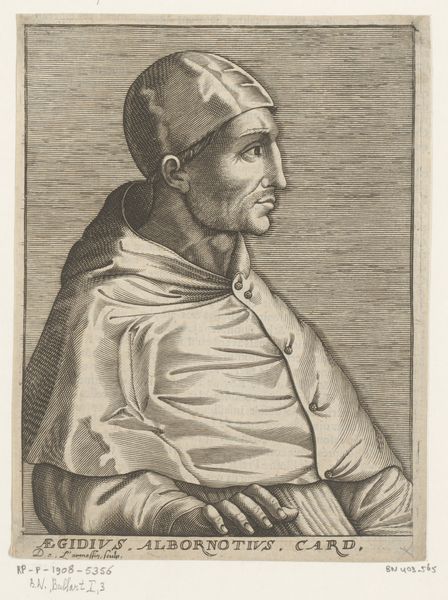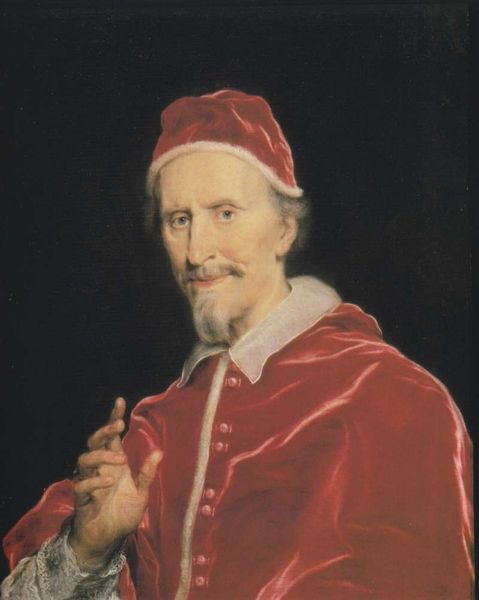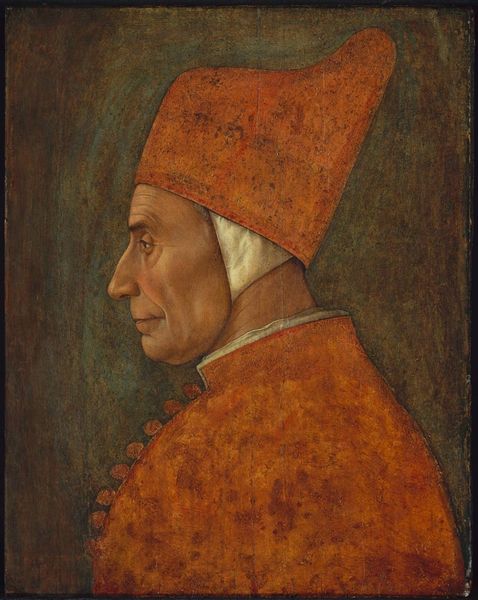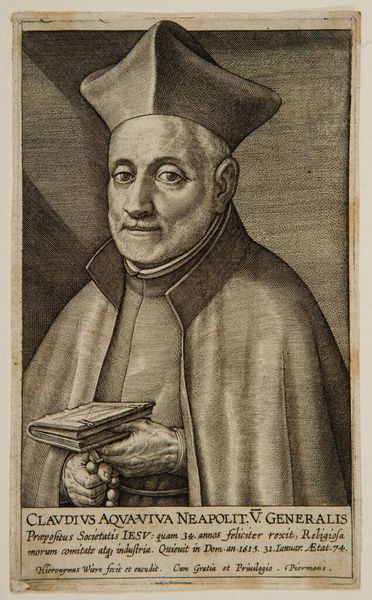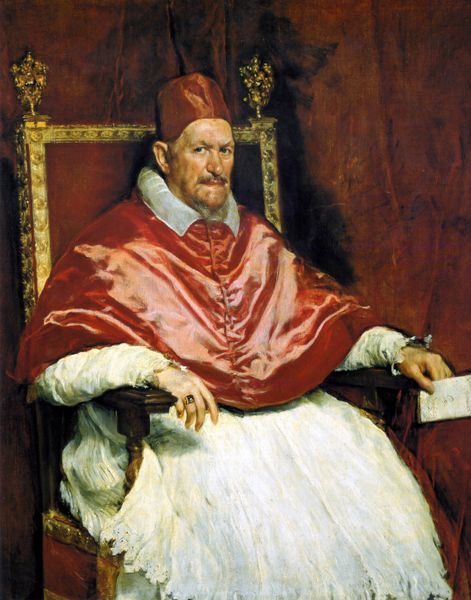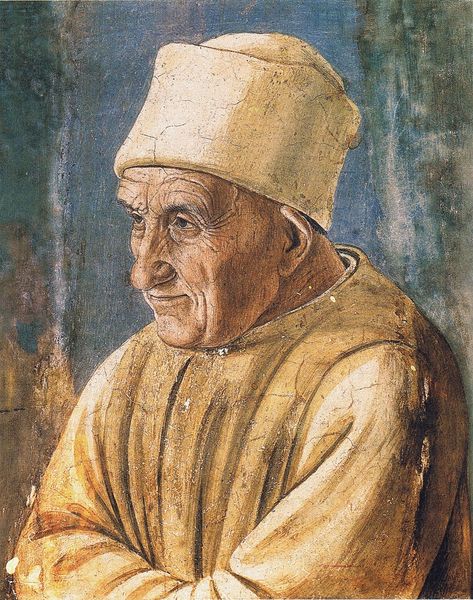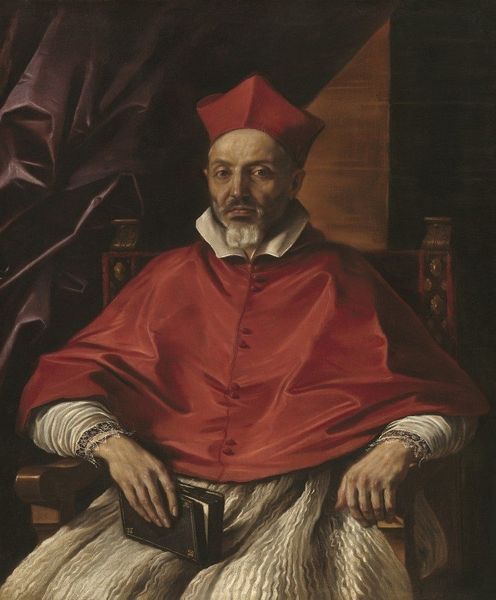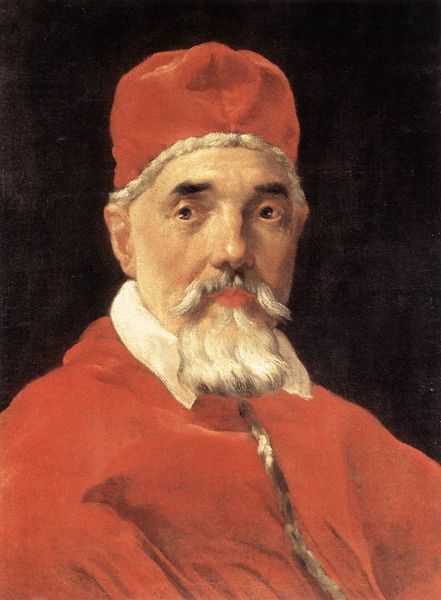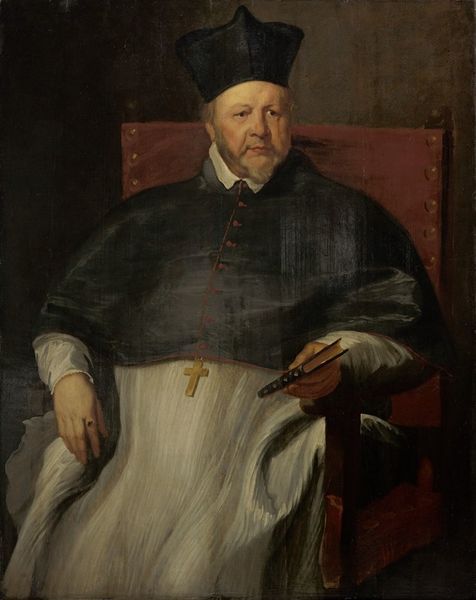
painting, oil-paint
#
portrait
#
baroque
#
portrait
#
painting
#
oil-paint
#
history-painting
#
realism
Copyright: Public Domain: Artvee
Curator: Velázquez painted this arresting portrait of Cardinal Gaspar de Borja y Velasco sometime between 1643 and 1645. There's a somber gravity to it, don’t you think? Editor: Absolutely, it feels weighty, doesn't it? And not just because of the subject's...presence. The execution, the way the oil paint has been layered to create texture in the fabrics – that's masterful manipulation of materials to convey importance and authority. It makes you consider the kind of studio and labor practices needed to produce a work like this during the baroque era. Curator: It’s definitely a commanding portrait. Velázquez was deeply embedded in the Spanish court, which influenced his subject matter and of course his artistic patronage. Borja y Velasco was a key figure in the church and Spanish politics; it seems reasonable to infer the intended audience might be the king himself, or some segment of the Habsburg elite, keen to be aware of this man. Editor: And look at how Velázquez handles the fabrics – the rough weave of the cardinal's garments almost clashes with the delicacy of his face, creating tension. How do the choices of material available impacted the work itself, the ability for Velazquez to reach new heights in realistic rendering? The choice in pigment and their availability certainly made this palette unavoidable. Curator: It's interesting how the historical context intersects with Velázquez’s technique. The Baroque era, with its emphasis on drama and realism, really amplifies the visual language and reinforces Borja y Velasco’s position within a power structure. This wasn't just an aesthetic exercise; it was about consolidating and projecting power. The Papal authorities wanted certain types of messaging through artworks, Velasquez being their delivery man. Editor: Precisely. Velázquez understood how to make his mark—to almost physically embody power through paint. Every layer of oil seems like a decision about craft, status and perhaps even some level of subdued protest toward the sitter? This almost flesh-like rendition is unnerving; the texture of the materials feels so…present. Curator: And perhaps, for Velázquez, there was a level of agency, documenting figures whose legacies would become tied to Spanish and Catholic power of the era. Editor: Yes, absolutely. What begins as an exercise in artistry eventually translates to social dialogue over time. The work becomes an active, participating element. Curator: It leaves one thinking about what a portrait like this signifies about society, power, and visual culture of the era. Editor: A testament to a time rendered by material, certainly.
Comments
No comments
Be the first to comment and join the conversation on the ultimate creative platform.
